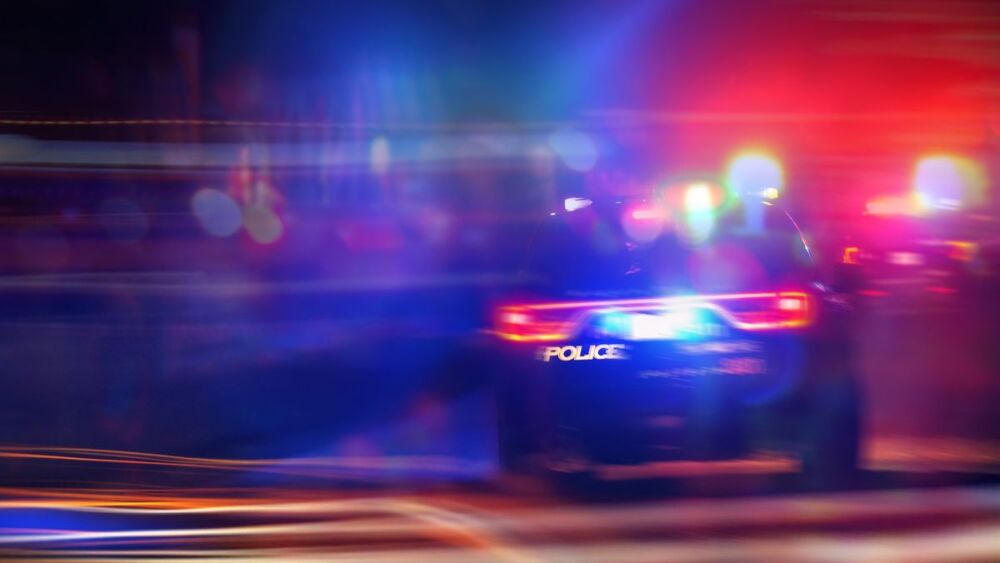By Deputy Chief Larry Witte
The nature of police work often requires officers to make split-second decisions, and those decisions can have lasting consequences. This is true whether the call is a traffic stop, a domestic disturbance or a barricade. Officers must constantly assess each situation, manage threats with common sense and best practices, and focus on the safety of everyone involved. The Priority of Life model provides a blueprint that helps line officers, tactical teams and supervisors navigate difficult situations.
This article examines the Priority of Life model, its importance in tactical operations and how it can guide decision-making to achieve the best possible outcome in high-risk situations.
What is the Priority of Life model?
The Priority of Life model is a decision-making matrix that guides law enforcement actions during critical incidents. Its purpose is simple: protect life, using a clear scale that sets the order of safety and response.
The model is typically listed as:
- Hostages/victims
- Innocent life (bystanders)
- Police/first responders
- Suspects
Let’s look at each tier and see how it guides police response.
1. Hostages/victims
The highest priority in any operation is the safety of hostages or victims who are directly in harm’s way. These individuals are at the mercy of a perpetrator and are often held against their will in dangerous, unpredictable circumstances.
In hostage or barricade situations, tactical teams use negotiation, strategic positioning, sniper coverage and other measured actions to secure the release of victims as quickly and safely as possible.
2. Innocent life (bystanders)
Once hostages or victims are safe, the next priority is protecting innocent bystanders. These people may be unaware of the danger unfolding nearby — on a busy street, in a public venue or in a quiet neighborhood. Officers must quickly identify those at risk and move to protect them.
Creating safe zones, clearing areas, blocking traffic and using other containment strategies help prevent the spread of danger.
3. Police/first responders
The safety of officers and other responders is the next priority. While officer safety might seem like it should come first, its position reflects the reality that trained professionals are better equipped to manage their own risk than civilians or victims.
Officers must stay aware of their surroundings, use proper tactics and remain mindful of the risks they face. Their well-being is essential to completing the mission and maintaining overall public safety.
4. Suspects
Suspects rank last in the model. Although they may pose an immediate threat, they still have legal rights. Officers must treat suspects professionally, ensuring any force used is necessary, proportional and legally justified.
Negotiation, de-escalation and other less-lethal tactics are preferred. When force — including lethal force — is necessary, it must be deliberate, accurate and swift.
How the model should influence tactical decisions
The Priority of Life model keeps officers from developing tunnel vision by centering every decision on the preservation of life. It should shape tactics in four key areas:
- Training and tactical planning: Adopting the model helps teams focus training, tactics and real-world operations on legally and morally defensible actions. It also provides a rubric for evaluating training scenarios and live incidents as they unfold.
- Legal footing: Understanding the model strengthens the legal foundation for use-of-force decisions. It counters “officer-created jeopardy” claims by showing that officers considered disengaging, waiting for backup or calling specialized units before acting. Officers who grasp the model and relevant case law are more likely to make sound split-second decisions.
- Effective communication: Supervisors must maintain clear, consistent communication so everyone shares the same priorities and objectives. Communication is often the first element to break down in critical incidents, so agencies should place cool-headed, big-picture thinkers in key leadership roles.
- De-escalation: A life-first mindset naturally emphasizes de-escalation. Agencies should reinforce this through roll-call discussions, tabletop exercises and force-on-force scenarios, making de-escalation a cultural norm.
Final thoughts
The Priority of Life model is more than a guideline; it is a mindset for responding to critical incidents. By following it, officers protect lives, uphold public trust and manage dangerous situations as safely as possible. Training, planning, discipline and leadership — anchored in the model — keep the focus on safeguarding human life.
About the author
Deputy Chief Larry Witte is an 18 year veteran with the Montrose Police Department in Montrose, Colorado. He oversees the agency’s firearms program, is the SWAT team leader, and has served as a sergeant and patrol commander before being promoted to Deputy Chief in May 2025. He is the recipient of the department’s Medal of Honor and Purple Heart.
He is a 2017 summa cum laude graduate of Colorado State University Global, where he earned a Master of Science Degree in Criminal Justice and Law Enforcement Administration.




